Bernard Buffet (1928-1999)
Bernard Buffet elaborated a figurative expressionist work in this post-war period dominated by abstraction. He established an eminently graphic aesthetic characterized by very strong black lines and an angular drawing. The network of hatching, also present on the backgrounds of his compositions, ensures the plastic role of link between the various elements of the image.
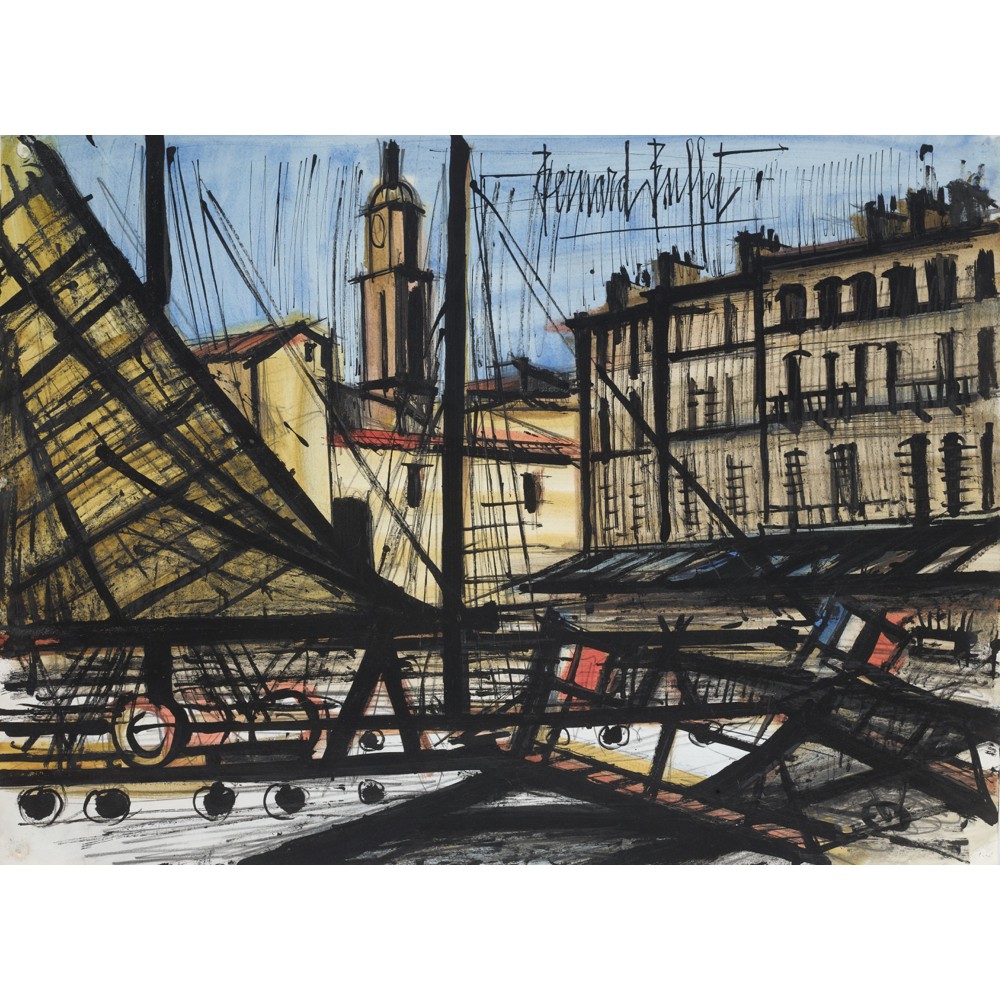
Works of art by the artist Bernard Buffet
-
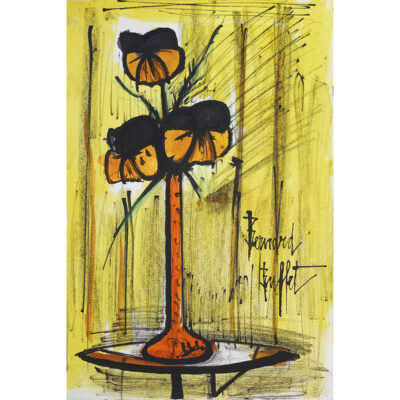
Voyage au Japon (enrichi)
Bernard Buffet
-

Saint-Tropez - Ma Maison
Bernard Buffet
-

Deux Barques
Bernard Buffet
-
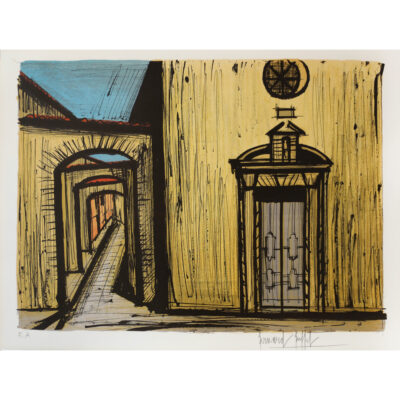
Saint-Tropez - La rue et l'Église de la Miséricorde
Bernard Buffet
-

L'Église et la Baie (technique mixte)
Bernard Buffet
SOLD
-
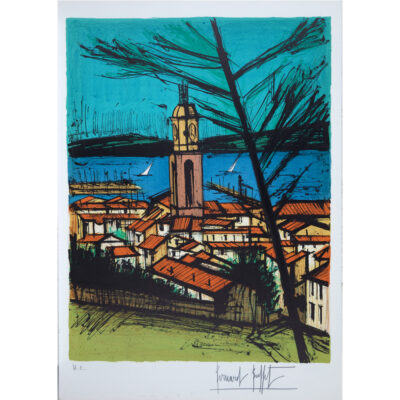
L'Église et la Baie
Bernard Buffet
-
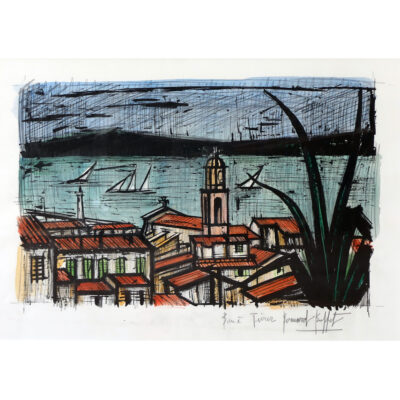
Vue de Saint-Tropez (premier noir aquarellé)
Bernard Buffet
-
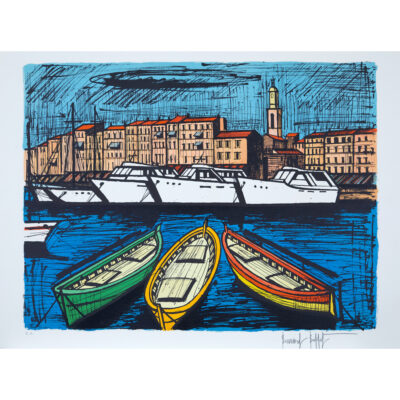
Les Yachts
Bernard Buffet
SOLD
-
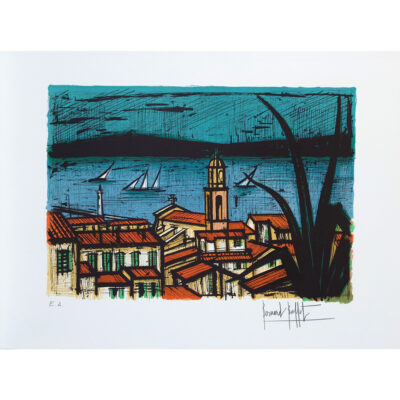
Vue de Saint-Tropez
Bernard Buffet
-
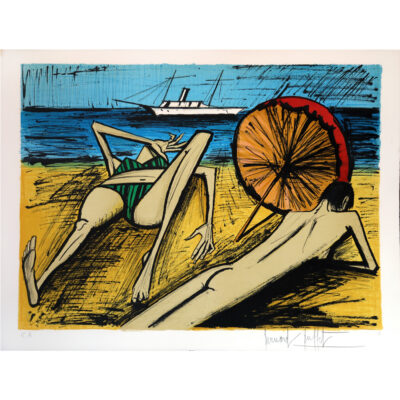
Saint-Tropez - Baigneuses à "Tahiti"
Bernard Buffet
-
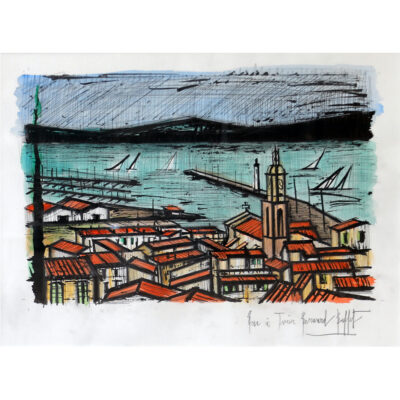
Saint-Tropez (premier noir aquarellé)
Bernard Buffet
-
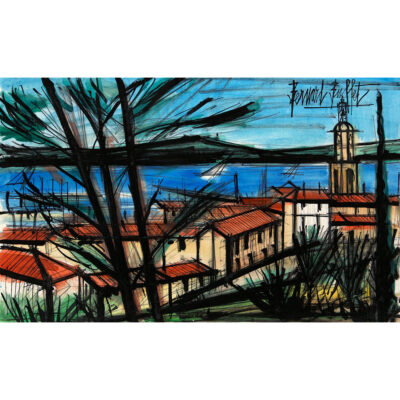
Panorama de Saint-Tropez (technique mixte)
Bernard Buffet
SOLD
-
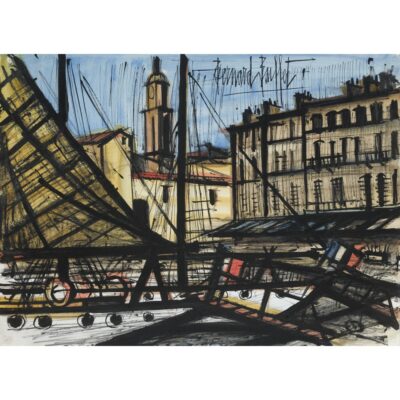
Saint-Tropez - Le Quai de Suffren et les Yachts (technique mixte)
Bernard Buffet
-

Saint-Tropez - Le Port des Pêcheurs (technique mixte)
Bernard Buffet
-

Saint-Tropez - Bateau de pêche à la Ponche (technique mixte)
Bernard Buffet
-

Saint-Tropez - Le Clocher de la Miséricorde (technique mixte)
Bernard Buffet
-

Saint-Tropez - Baigneuses à "Tahiti" (technique mixte)
Bernard Buffet
SOLD
-
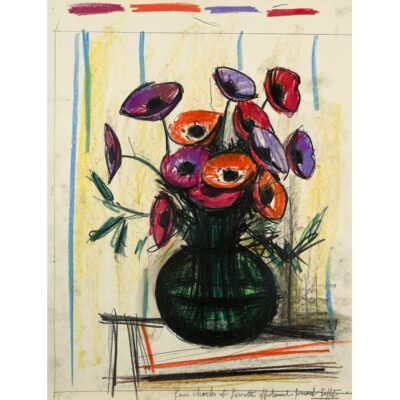
Les Anémones (technique mixte)
Bernard Buffet
-
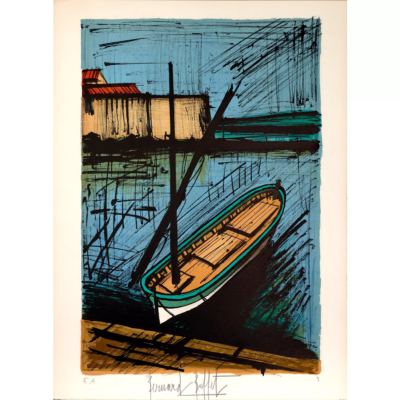
Saint-Tropez - Bateau de pêche à la Ponche
Bernard Buffet
-

Les Toits de Saint-Tropez
Bernard Buffet
-

Panorama de Saint-Tropez
Bernard Buffet
-
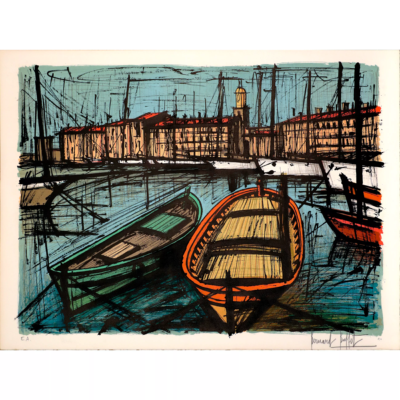
Vue générale du Port
Bernard Buffet
-
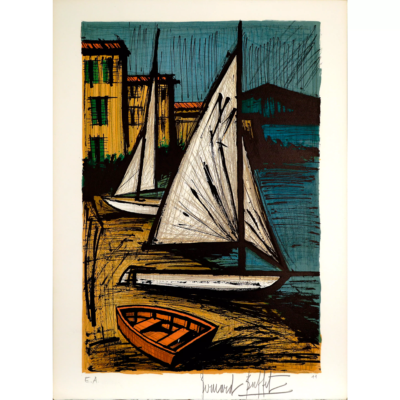
Dériveurs sur la plage des Graviers
Bernard Buffet
-
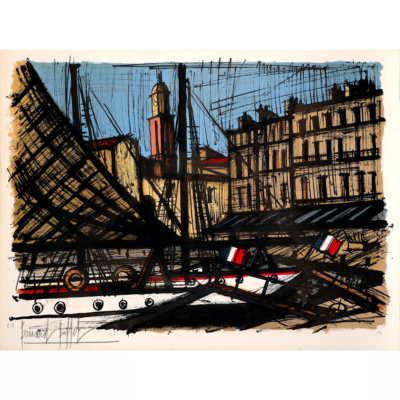
Le Quai de Suffren et les Yachts
Bernard Buffet
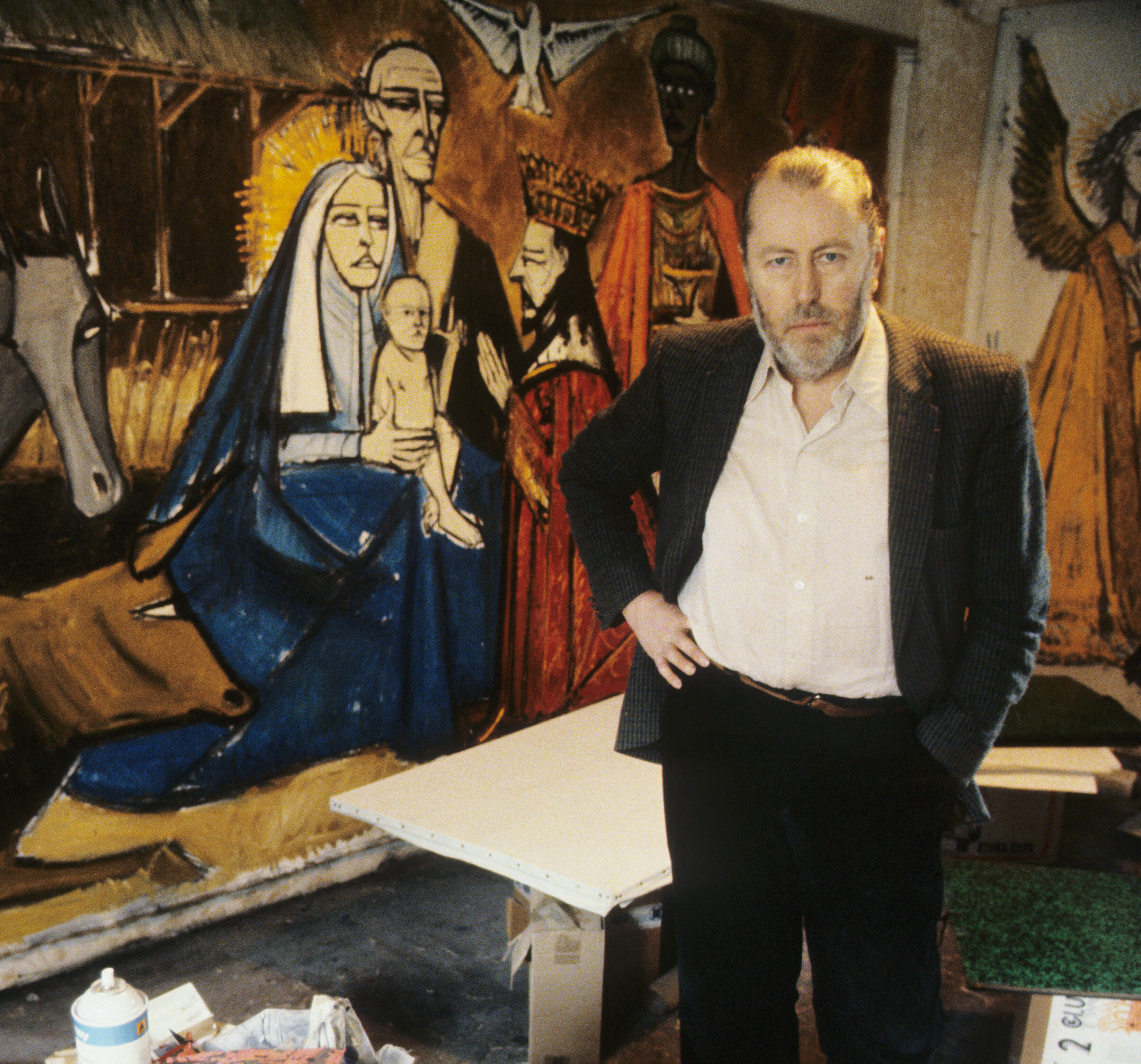
Jean-Pierre Couderc / Roger-Viollet
Biography of artist Bernard Buffet
Bernard Buffet was born in Paris in 1928. He showed an aptitude for drawing from an early age. He left the Lycée Carnot in 1943 and entered Eugène Narbonne's studio at the École Nationale Supérieure des Beaux-Arts the following year. The death of his mother in 1945 affected him deeply. The artistic landscape in which Buffet's art emerged in the years following the Liberation saw the consecration of the great historical figures of modernism, such as Matisse, Picasso, Léger and Chagall. They were showcased at art fairs and exhibitions. The 1944 Salon d'Automne, known as the "Salon de la Libération", presented a major retrospective of Picasso's work, while the following year's Salon d'Automne celebrated the work of Matisse. Jean Cassou, the first director of the Musée National d'Art Moderne, organized exhibitions of their recent work during the first years of the institution's opening, inaugurated in June 1947.
In addition to the omnipresence of these great pioneers, the art scene of the time was dominated by abstraction, particularly that of art informel, to use the term coined by Michel Tapié. In this context, Buffet, along with Paul Rebeyrolle, André Cottavoz and André Minaux, was one of the representatives of a humanist "new realism" that placed man at the center of his art, championed by Claude Roger-Marx, Pierre Descargues and Jean Bouret, famous for his stance against abstract art. In the quarrel between abstract and figurative art, these painters banded together, exhibiting at the Salon des Moins de Trente ans, the Manifeste de l'Homme Témoin and the Salon de la Jeune Peinture, while other events were organized to promote and defend abstraction, such as the Salon des Réalités nouvelles created in 1946.
Contact
To find out more about our art gallery in Paris, the works available, our appraisal service or our exhibitions :
